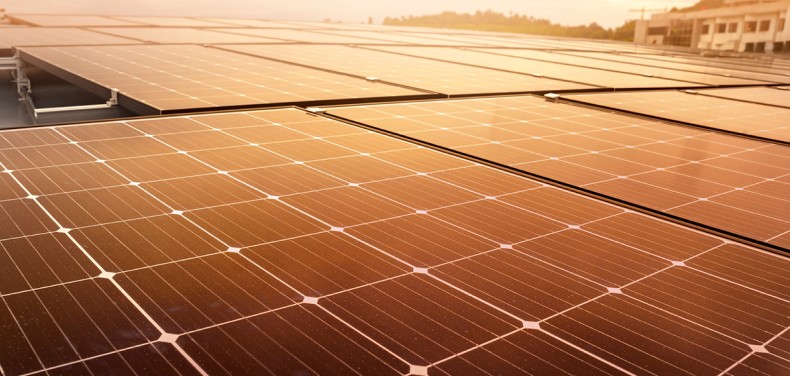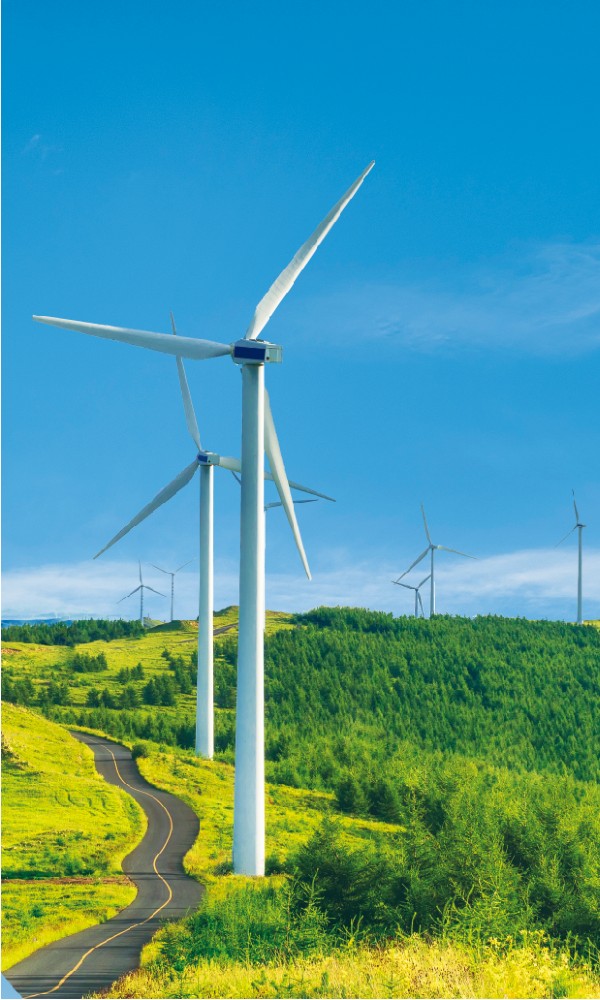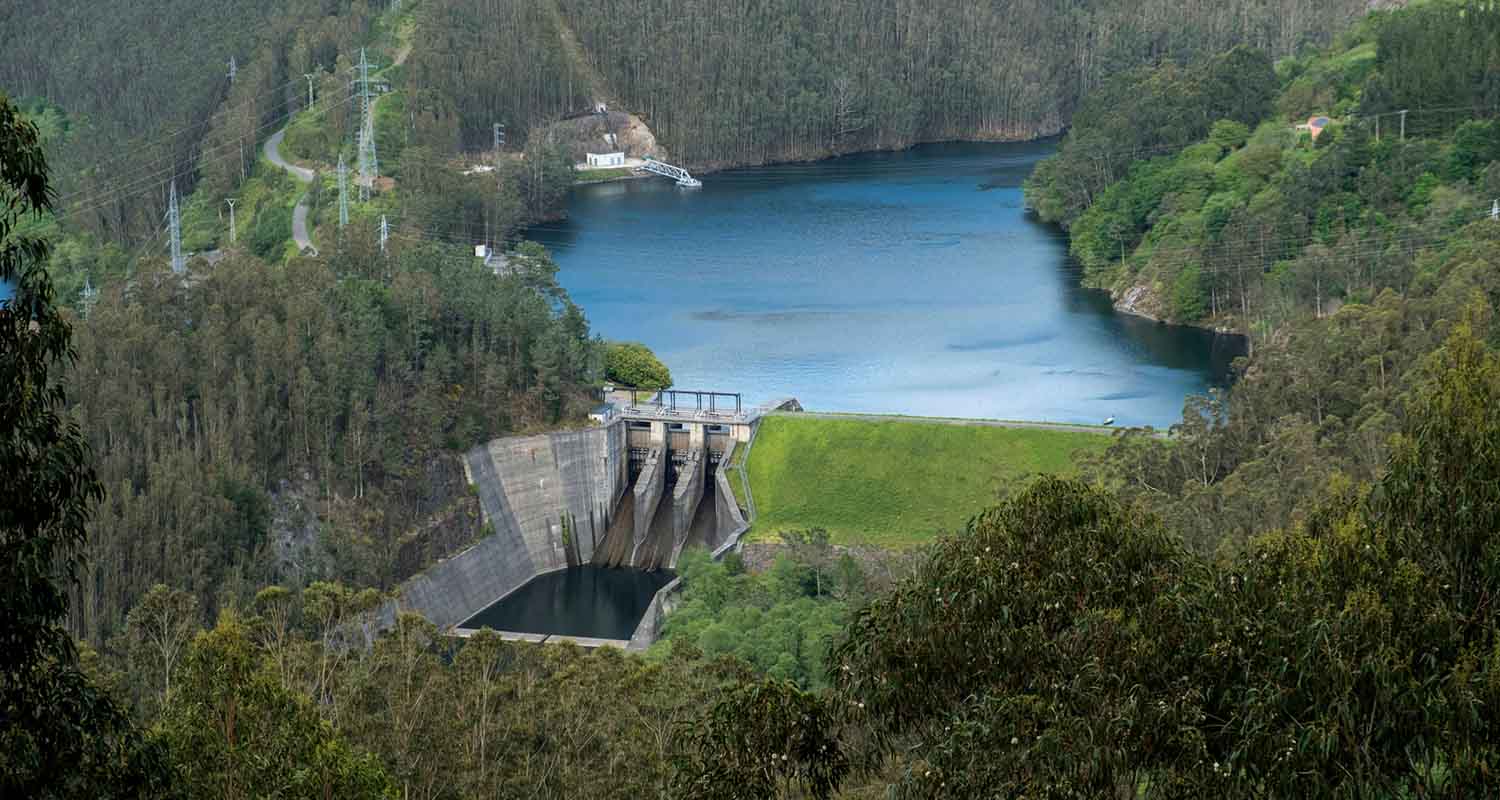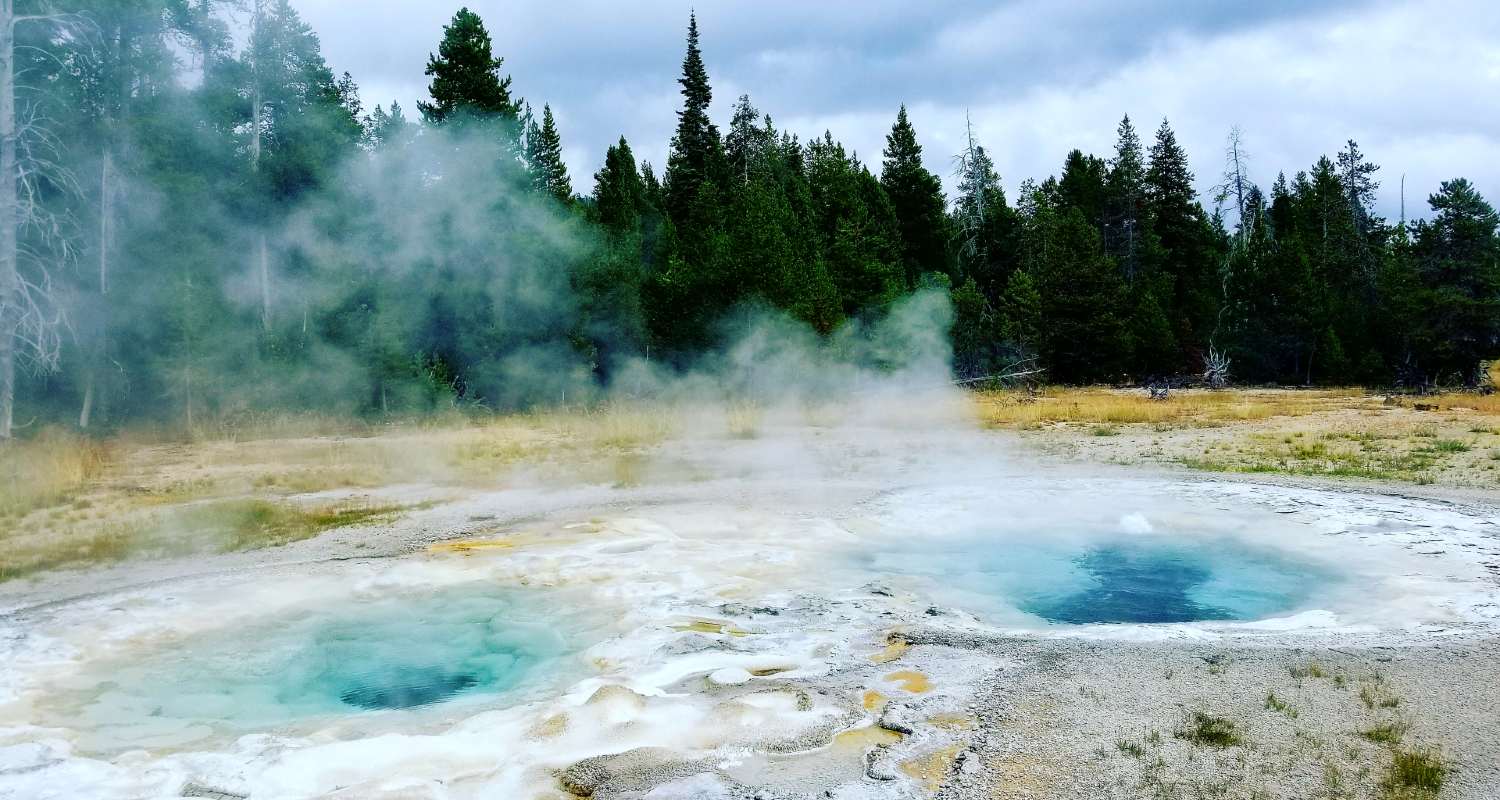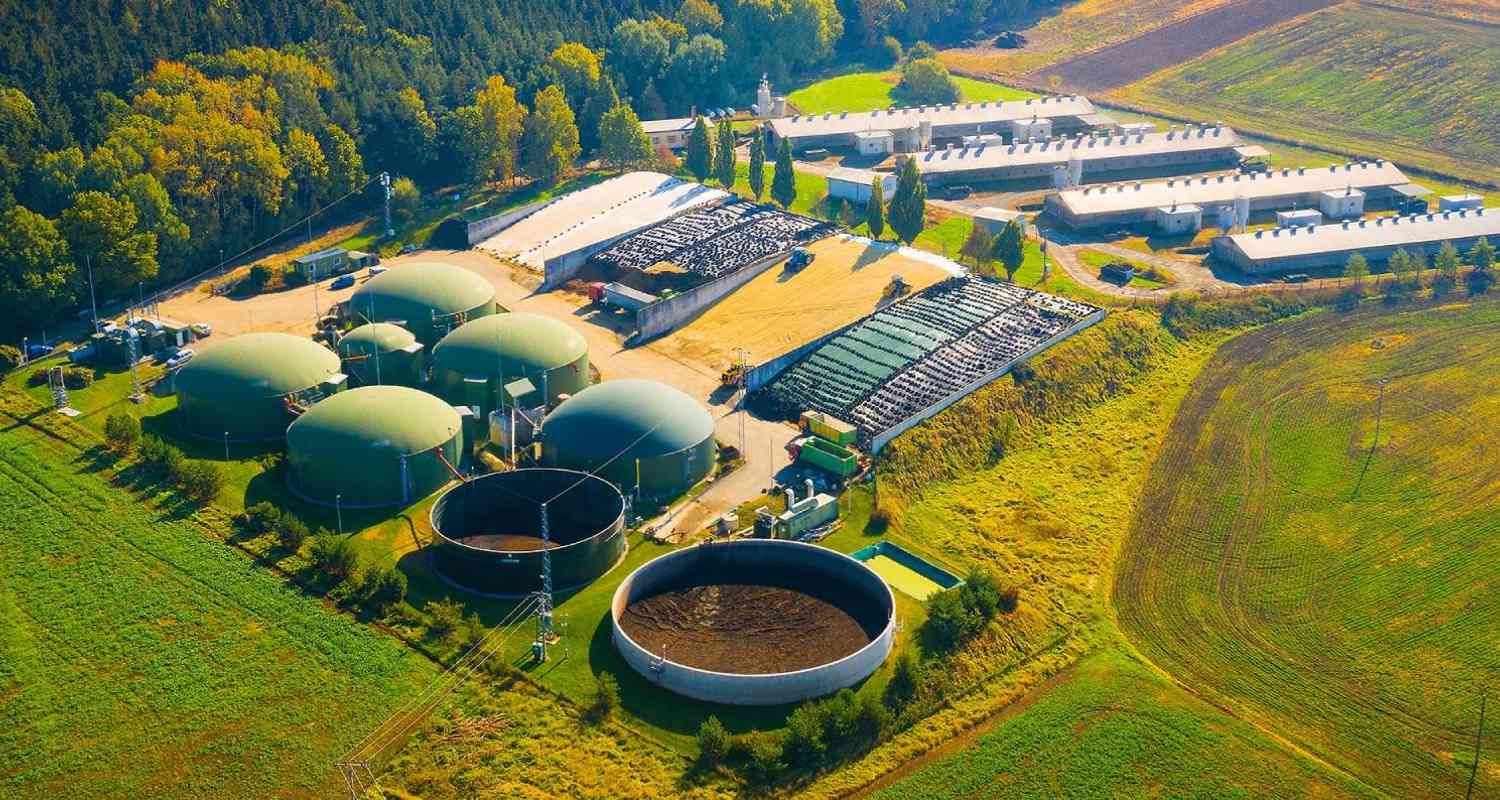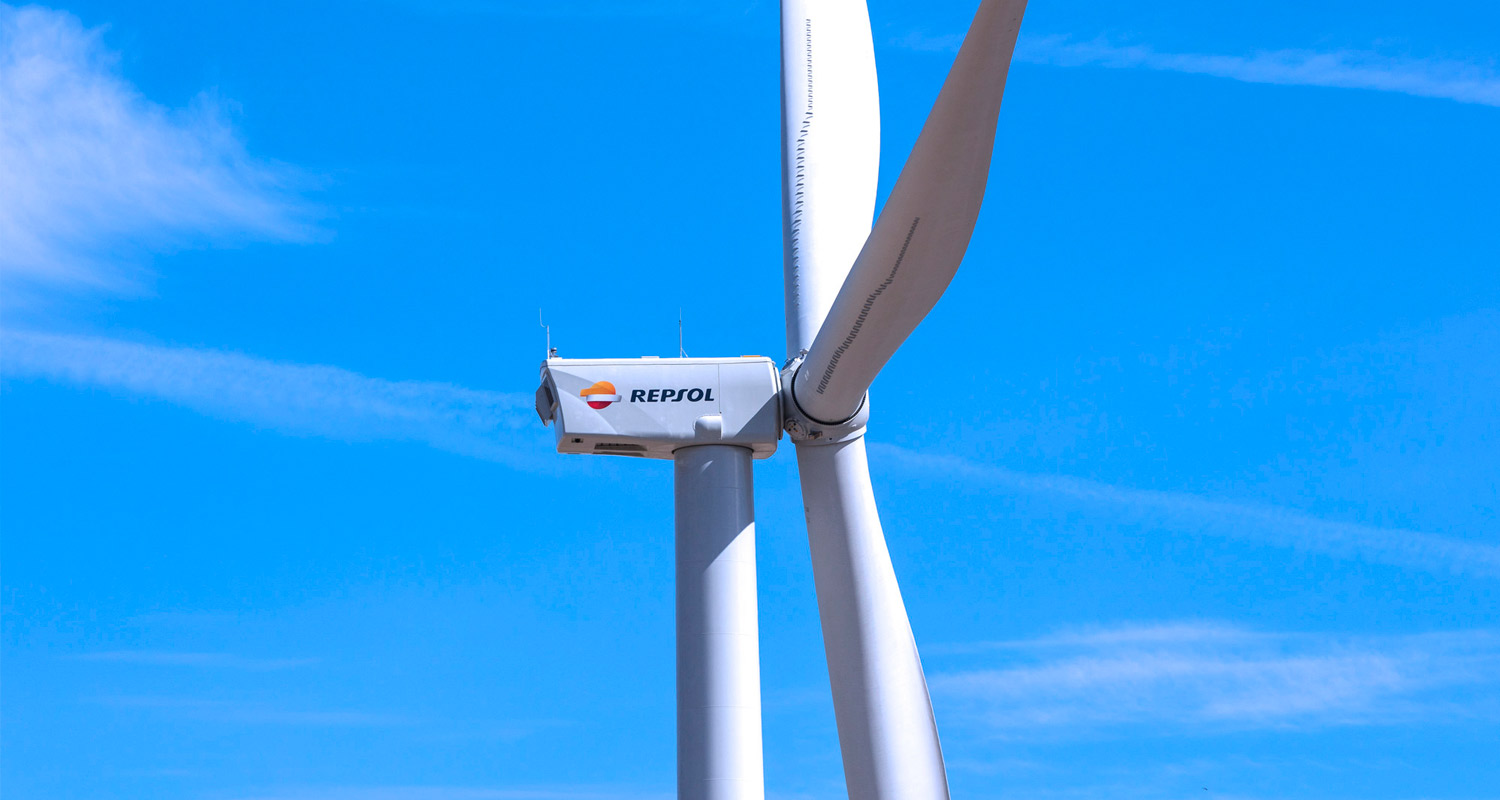What are the advantages and characteristics of renewable energies?
What are the advantages and characteristics of renewable energies?
Environmentally-friendly
Environmentally-friendly
Renewable energies help reduce greenhouse gas emissions therefore aiding in caring for the environment and curbing global warming.
Unlimited
Unlimited
As they come from renewable energy sources, they adapt to natural cycles and never run out, which help develop an efficient and sustainable energy system.
Indigenous
Indigenous
They are generated from natural phenomena, which helps reduce foreign energy dependence and boosts the economic development of the region.


